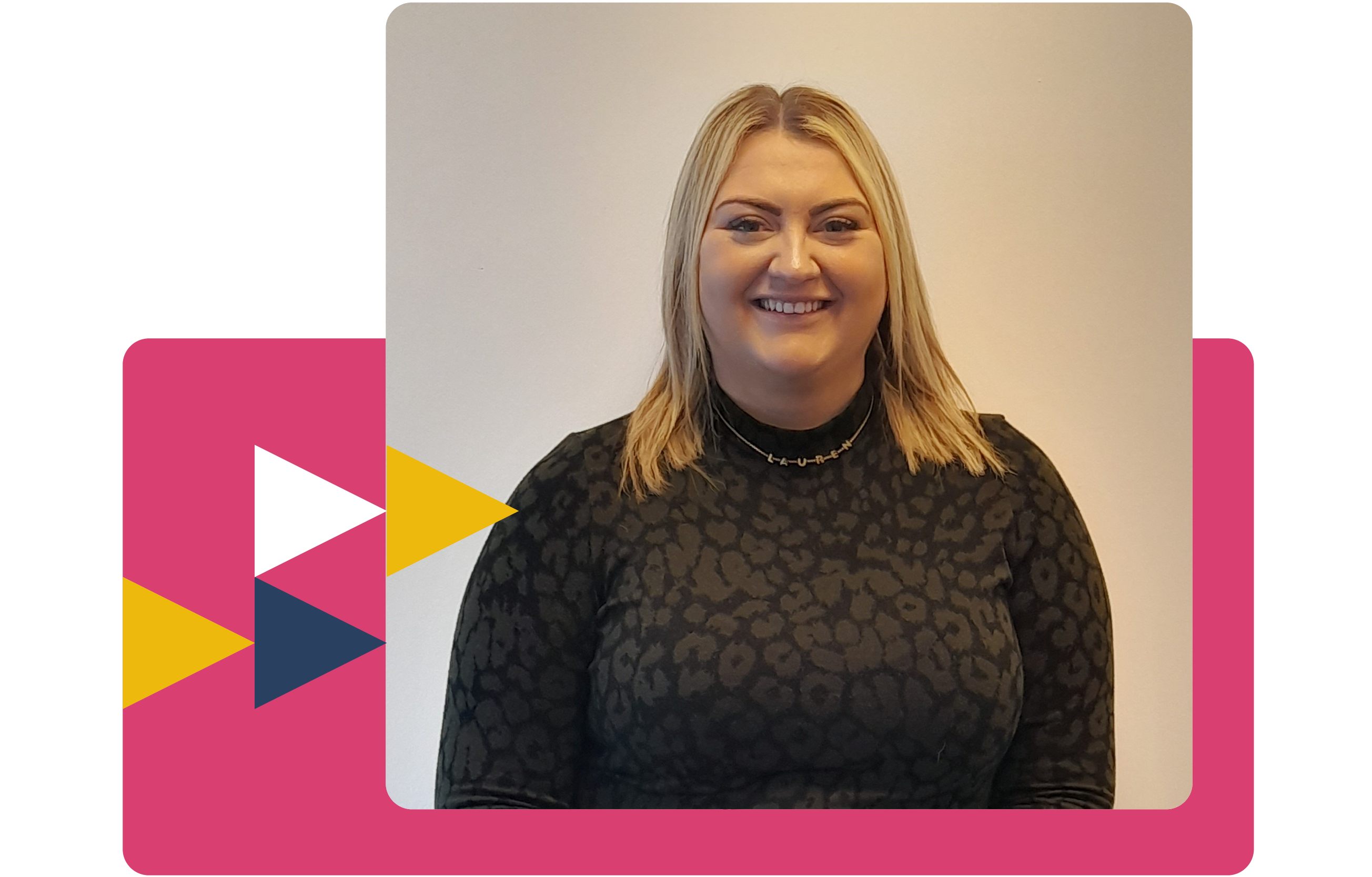When organisations go through a merger process, various transfers and transitions also take place such as staff, assets and financial documentation. However, one thing that can often be missed, and can result in a substantial risk, is software licensing.
A common way to understand the number of hardware assets in a company is through using a software inventory tool to track not only what assets are in a company, but also what installations they have on them. In a merger process this is fundamentally important, particularly if there are any licensing shortfalls coming with the acquisition. The company acquiring the organisation needs to be made fully aware of this.
Assessing software licensing infrastructure and compatibility
The IT team of the company acquiring the organisation needs to assess the suitability of the infrastructure and the suitability of the licensing being migrated across. At this point any compatibility issues such as the merger of key business systems from both a software and hardware perspective must be assessed. For example, if one organisation has been using modern hardware and the other has been running dated technology, you may find that neither is suitable for the consolidation of line of business applications and infrastructure.
Existing software licensing agreements also need to be taken into account. Microsoft contracts may include a ‘future affiliates’ clause that would require the new organisation to be included within the current contract for the existing product sets. This may require an organisation to decide what they are going to negotiate with the vendor and may have a cost implication that the organisation was not expecting.
Step-by-step SAM during a merger
An important first to step to take when planning a merger or acquisition when it comes to your Microsoft environment is to establish an Effective License Position. This is effectively an audit on the current estate to understand what risks are current and highlights any potential over licensing. It also helps to establish a current position which will help underpin any movement to the Microsoft cloud.
The second part of the process is then to establish the future strategy of an organisation. This should include the various stakeholders in the organisation to understand the current position of the organisation (financial restrictions, enhanced need for staff mobility etc). Following this, a plethora of options can be formulated – current scenario, movements to the cloud and hybrid environments can all be established with the consolidation of agreements.
It is easy to question why would this be useful in a merger or acquisition? Well, with new colleagues comes new ways of thinking and working, which can affect the software licensing for an organisation. To be able to ensure compliance and clarify future strategic IT decisions through the proper planning and preparation instantly alleviates that pain.
Software license management for business strategy in mergers and acquisition
Following these models being agreed between the two parties, a finalised report (which can be used, and often is, as a business case) can be documented and shared within the organisation so that all options can be referred to with any future procurements.
Merger processes can be difficult for organisations and particularly IT strategies as mentioned above. License Dashboard’s Software Optimization Service will not only establish any risks in the current environment, but it will also help you build a business strategy for your Microsoft licensing estate for the next 3-6 years.















